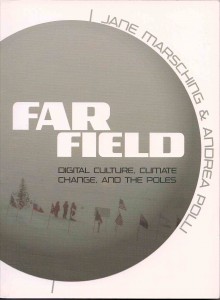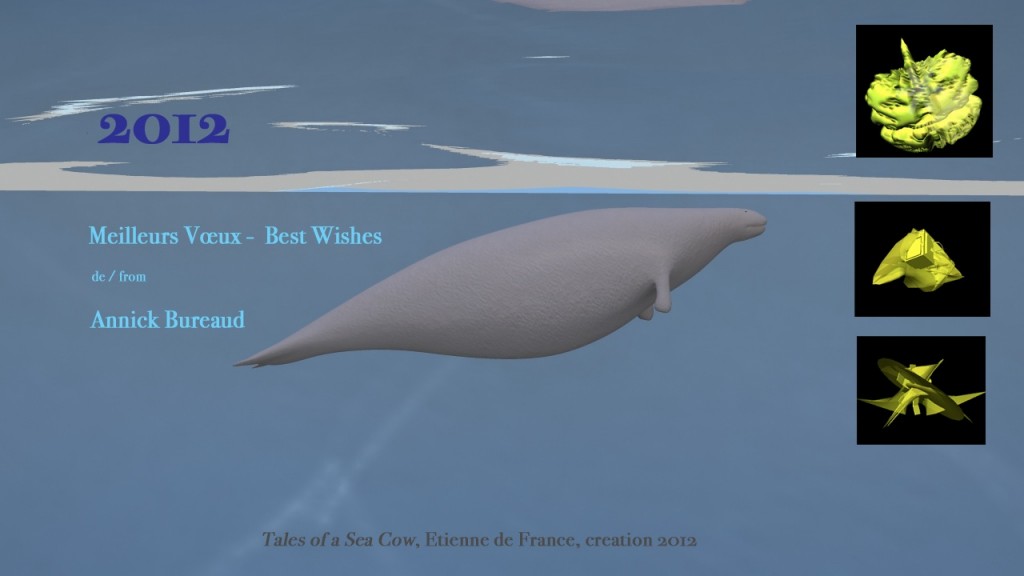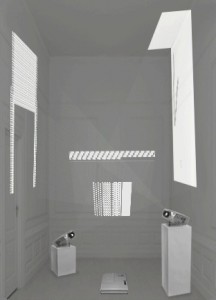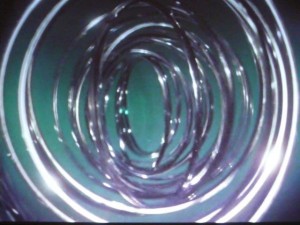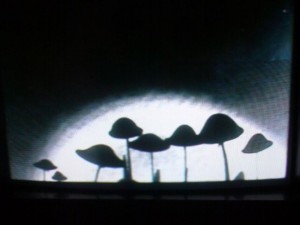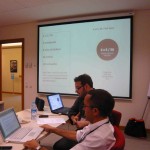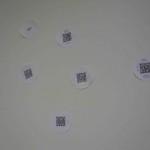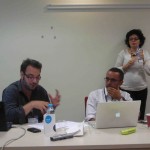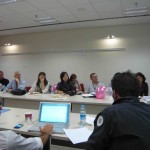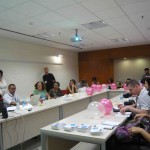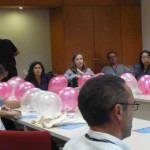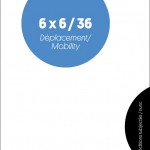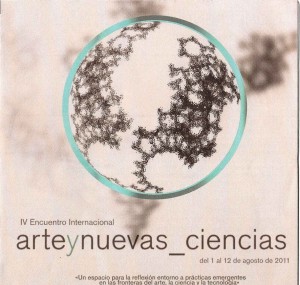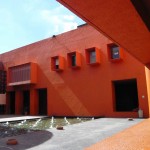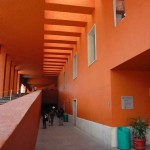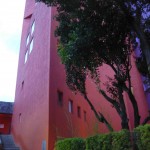This October (20th and 21st), I am invited to give a lecture and a seminar at Hexagram-Concordia in Montreal.
The lecture is on Art and Extreme Environments: Inhabiting the Extremes and is part of the Hexagram-Concordia Research-Creation Distinguished Speakers Series Lecture and Seminar.
In the seminar, I’ll present the history of Leonardo as a case study in art, science and technology publishing.
Practical info:
Public lecture: Art and Extreme Environments: Inhabiting the Extremes
Friday, October 21, 2011
4:00 – 6:00 pm
everyone welcome, no rsvp required
Graduate seminar: Leonardo: A Case Study in Art(s), Science(s) and Technologie(s) Publishing
Thursday, October 20, 2011
4:00 – 5:00 pm
please rsvp to hexinfo@alcor.concordia.ca
Location for both:
Hexagram Resource Centre
EV Building, 11.705
Concordia University
1515 St. Catherine St. W.
Montreal QC
for more info: hexinfo@alcor.concordia.ca or 514-848-2424 ext 5939
October 21 Lecture:
Art and Extreme Environments: Inhabiting the Extreme
Human beings have expanded their presence to the entire planet and beyond, to environments of which not only they are not native but that they could not live in without their contemporary technologies: Antarctica, Outer Space, the Underwater world. Since the conquest and exploration era, these extreme environments have been permanently inhabited, although by temporary residents.
These spaces have also always been a territory for artists, working in all possible media, with topics spanning from romanticism to the sublime, through countless heroic and epic expedition stories and sagas. It is no wonder that today’s artists are involved in the current issues at stake regarding these environments, such as global warming, pollution and climate change, but also in a wider sense, in what it means to inhabit such places and how a space is turned into a place and into home.
Annick Bureaud will argue through a presentation of contemporary creations and artworks that we are currently witnessing an anthropologisation of the extreme and an extremophilisation of humans. The aesthetics and the different modalities of works that are meant both for situation within these environments (and for the people living there) and for more conventional gallery settings will be discussed, as well as the validity of the divide between new media and contemporary art.
October 20 Graduate Seminar:
Leonardo: A Case Study in Art(s), Science(s) and Technologie(s) Publishing
Founded by kinetic artist and space engineer Frank Malina, the first issue of Leonardo was released in 1968 in the form of a (very) academic journal. More than forty years later, the Leonardo imprint now encompasses not only the original printed journal, but also a book series, websites, electronic publications and activities outside the traditional confines of publishing such as the organization of workshops and conferences and the support of artists-in-residence projects.
This seminar will present the original goals and missions of Leonardo, how they evolved together with the evolution of techno-science art, how what were once cutting-edge artworks are now part of art history, and the role of Leonardo in documenting these artworks and advocating for them. Publishing in general and academic publishing in particular are witnessing tremendous changes through the development of many new online platforms and tools. Leonardo is now engaging in a reflection on « next step publishing » that will be discussed with seminar participants.

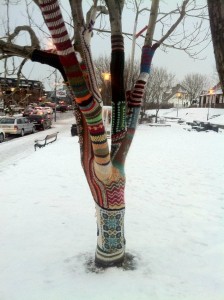
 Follow
Follow